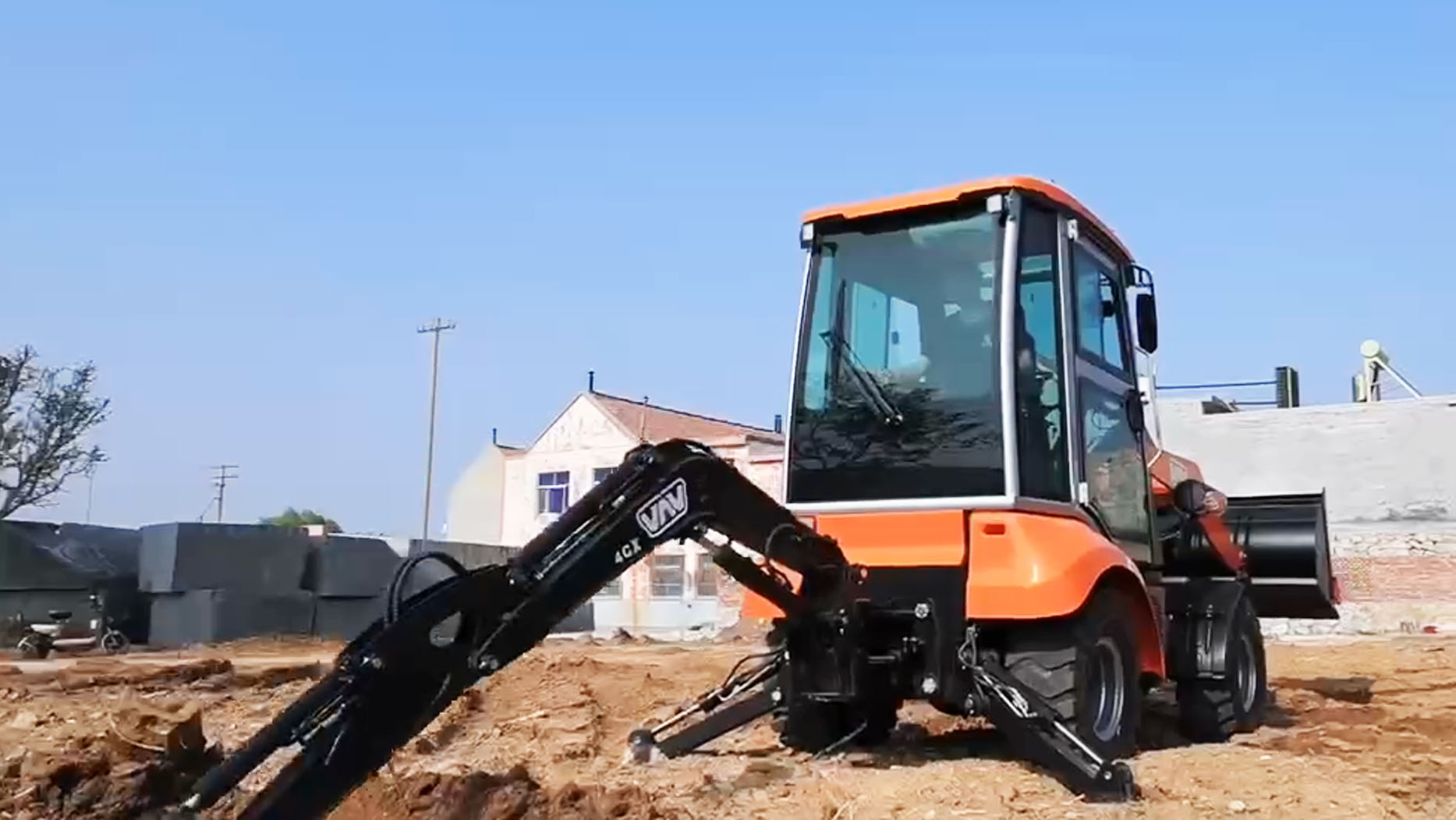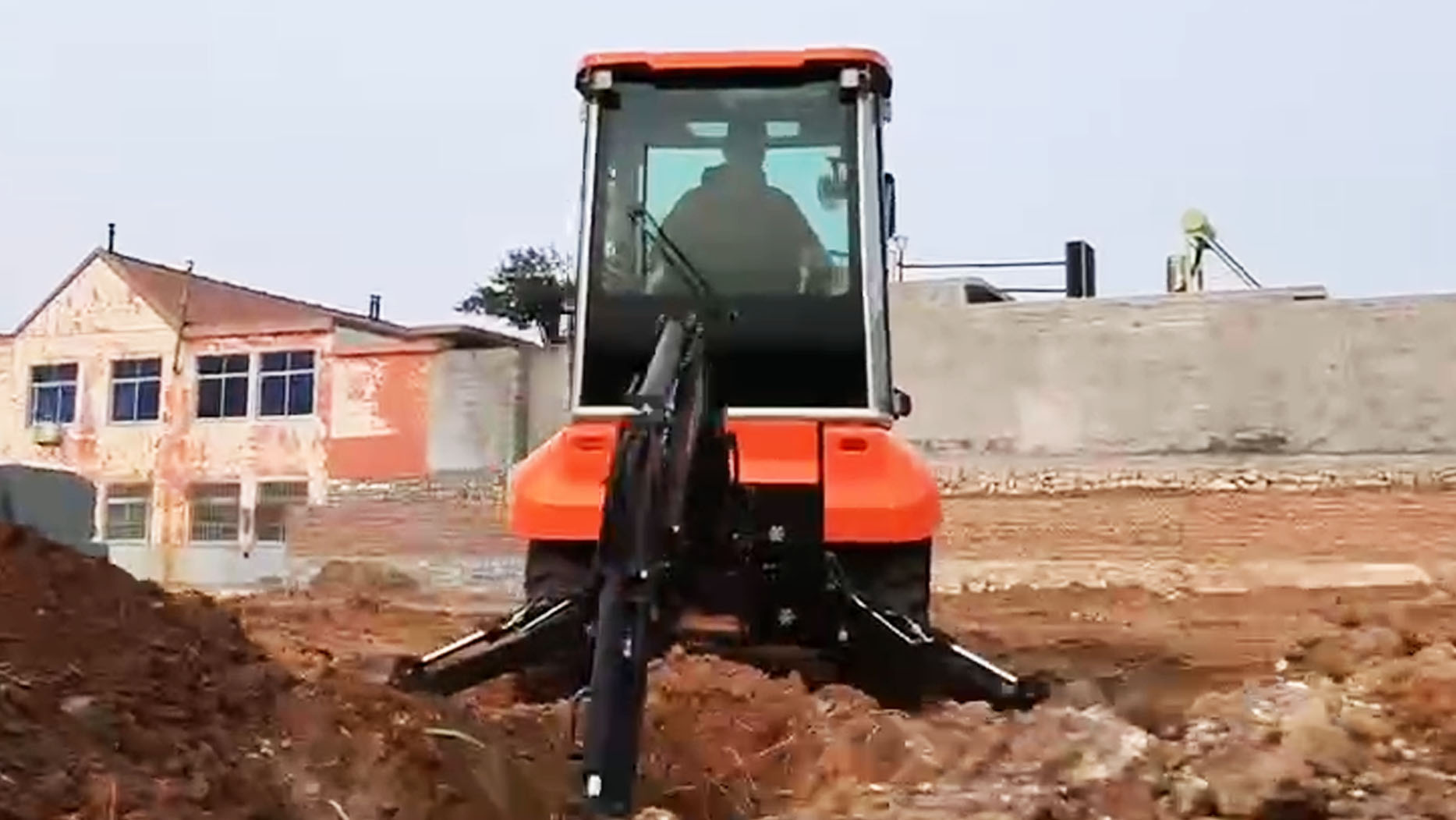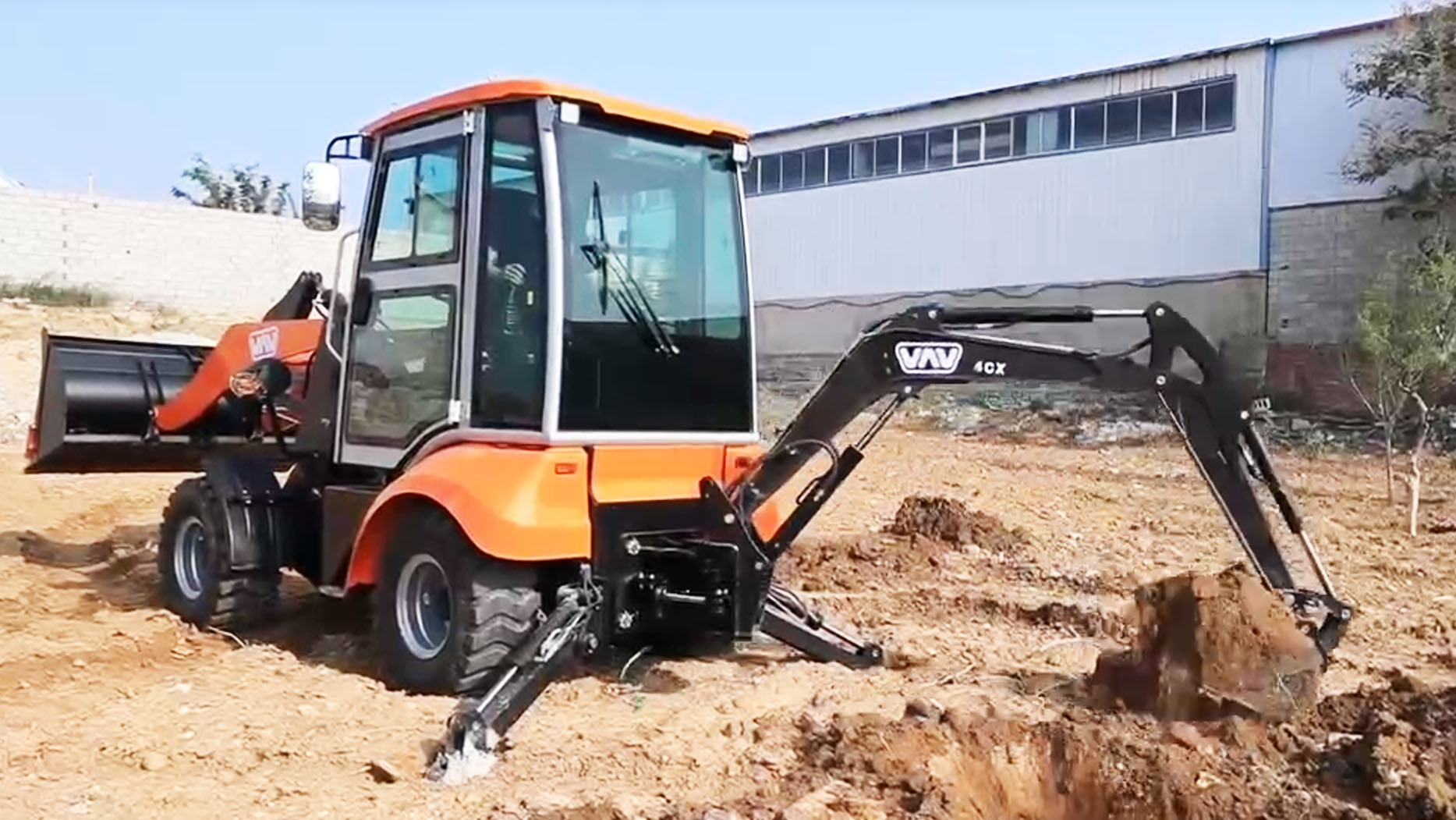Unlocking Versatility: The Wide Array of Backhoe Attachments
The backhoe loader, often lauded as the "Swiss Army knife" of the construction world, earns its reputation for versatility not just from its dual loader and excavator functions, but also from the astonishing array of attachments it can utilize. These specialized tools transform a standard backhoe into a multi-tasking powerhouse, capable of performing everything from precise digging and demolition to material handling and landscaping. For contractors, landscapers, and utility companies, understanding the breadth of available attachments is key to maximizing efficiency, reducing equipment costs, and tackling a wider variety of jobs with a single machine.
The ability to quickly swap attachments on both the front loader and the rear excavator arm allows a backhoe to transition seamlessly between different tasks on a job site, eliminating the need for multiple specialized machines. This adaptability makes the backhoe an indispensable asset, particularly for small to medium-sized projects, municipal work, and operations where space is limited or frequent movement between tasks is required.
Attachments for the Backhoe Arm (Rear)
The excavator arm at the back of the backhoe is where much of its digging and breaking power resides. A variety of attachments enhance its capabilities beyond the standard digging bucket.
1. Digging Buckets: While a standard bucket comes with the backhoe, there are many variations designed for specific digging tasks:
General Purpose Buckets: The most common, used for digging, trenching, and loading.
Heavy Duty Buckets: Reinforced for tougher conditions, like digging in rocky or abrasive soil.
Ditching/Grading Buckets: Wider and shallower, ideal for creating and maintaining ditches, or for fine grading work where a smooth finish is desired.
Rock Buckets: Equipped with stronger teeth and wear plates to withstand the impact of digging through rock.
Skeleton Buckets/Riddle Buckets: Feature gaps or grates to allow fine material (soil, sand) to sift through while retaining larger rocks, debris, or roots. Excellent for sorting or sifting materials on site.

2. Hydraulic Hammers (Breakers): One of the most powerful and transformative attachments, a hydraulic hammer turns a backhoe into a demolition machine.
Usage: Used for breaking concrete, asphalt, rock, and other hard materials that a bucket cannot penetrate. Essential for road repair, demolition projects, and quarrying.
Mechanism: Powered by the backhoe's hydraulic system, delivering rapid, high-impact blows.
3. Augers: For precise hole digging, especially for posts, poles, or trees.
Usage: Commonly used in fencing, landscaping, utility work (e.g., digging holes for utility poles), and foundation work.
Mechanism: Consists of a hydraulic motor driving a large drill bit (auger flight) into the ground. Various auger bit sizes are available for different hole diameters.
4. Trenchers: While the backhoe bucket can dig trenches, a specialized trencher attachment can be more efficient for long, narrow trenches.
Usage: Ideal for installing pipes, cables, and irrigation lines with consistent depth and width.
Mechanism: Typically a chain trencher that cuts a continuous, narrow trench.
5. Plate Compactors: Used to compact soil, gravel, and asphalt in trenches or confined areas.
Usage: Essential for backfilling trenches, preparing sub-bases for foundations, and ensuring stable ground after excavation.
Mechanism: Attaches to the arm and uses hydraulic power to vibrate a plate, compacting the material beneath it.
6. Rippers: A single, strong tooth designed to break up hard ground, asphalt, or frozen soil that is too tough for a standard bucket.
Usage: Prepares ground for easier digging with a bucket, or for breaking up old pavement.
7. Grapples: Versatile attachments for grabbing, sorting, and moving irregularly shaped objects.
Types: Hydraulic grapples, demolition grapples, log grapples, and multi-purpose grapples.
Usage: Ideal for clearing demolition debris, handling brush, logs, rocks, or waste materials.
8. Thumbs: While not an attachment in itself, a hydraulic or mechanical "thumb" can be added to the backhoe arm to work in conjunction with the bucket.
Usage: Greatly enhances the bucket's ability to pick up and secure irregular items like rocks, logs, and demolition debris, functioning much like a human thumb and forefinger.

Attachments for the Loader Arm (Front)
The front loader of a backhoe is primarily for scooping, carrying, and pushing materials. A range of attachments expands its capabilities for different types of material handling, grading, and pushing tasks.
1. General Purpose Buckets: The standard bucket for loading, carrying, and dumping loose materials like dirt, sand, gravel, and snow.
2. 4-in-1 Buckets (Multi-Purpose Buckets): One of the most versatile front attachments, combining four functions into one.
Functions: Can act as a standard bucket, a grapple (clamshell), a dozer blade, and a backfilling tool.
Usage: Extremely versatile for scooping, grading, dozing, clamping, and precise material handling. Often seen on job sites due to their adaptability.
3. Forks: Transforms the front loader into a forklift, ideal for moving palletized goods.
Usage: Handling pallets of bricks, lumber, cement bags, or other crated materials on a job site. Essential for receiving and organizing deliveries.
Types: Pallet forks are the most common, but hay forks are also used in agricultural settings.
4. Material Handling Arms/Jib Booms: Allows the backhoe to act as a small crane, lifting and placing suspended loads.
Usage: For lifting and positioning pipes, beams, or other materials over obstacles or into trenches.
5. Angle Blades/Dozer Blades: Turns the front of the backhoe into a compact dozer.
Usage: Used for pushing, spreading, and leveling dirt, gravel, or snow. Some models can angle for more precise grading.
6. Brooms/Sweepers: For clearing debris, dirt, and light snow from paved surfaces.
Usage: Site cleanup, road sweeping, and maintaining cleanliness on construction sites or industrial areas.
Types: Angle brooms (sweep to the side) and pickup brooms (collect debris in a hopper).
7. Snow Pushers/Plows: Specialized for snow removal.
Usage: Clearing snow from driveways, parking lots, and access roads. Snow pushers typically have high capacities for moving large volumes of snow.
8. Light Material Buckets: Larger capacity buckets designed for lighter, bulkier materials like snow, wood chips, or mulch.
Usage: Maximizes carrying capacity for materials with low density.

Advantages of Using Backhoe Attachments
The extensive range of attachments offers numerous benefits to backhoe owners and operators:
Enhanced Versatility: A single backhoe can perform tasks that would otherwise require multiple specialized machines (e.g., an excavator, a mini-dozer, a forklift, a concrete breaker). This reduces the need for large fleets and associated costs.
Cost Savings: By utilizing attachments, businesses can avoid the significant capital expenditure of purchasing and maintaining separate machines for each task. It also reduces transportation costs, as one machine can be moved instead of many.
Increased Productivity: Quick attachment changes mean less downtime between different job phases, allowing work to progress more smoothly and rapidly. Operators can switch from digging to breaking to loading in minutes.
Optimized Space Utilization: On smaller job sites, a backhoe with multiple attachments offers a compact solution, minimizing the footprint of equipment needed.
Specialized Capabilities: Attachments allow the backhoe to perform highly specialized tasks (like augering precise holes or fine grading) that would be difficult or impossible with just the standard buckets.
Wider Project Scope: With a comprehensive set of attachments, a contractor can bid on a broader range of projects, expanding their business opportunities.
Considerations for Choosing and Using Attachments
When selecting and using backhoe attachments, several factors are crucial:
Compatibility: Always ensure the attachment is compatible with your specific backhoe model's hydraulic flow, pressure, and mounting system (e.g., standard pin-on or quick coupler).
Hydraulic Requirements: Some attachments (like hammers or augers) require significant auxiliary hydraulic flow. Verify your backhoe's hydraulic capacity matches the attachment's needs.
Weight and Lift Capacity: Ensure the backhoe can safely handle the weight of the attachment itself, plus any material it will be working with.
Safety: Always follow manufacturer guidelines for attaching and operating attachments. Ensure proper safety checks are performed before each use.
Storage: Plan for adequate and safe storage of attachments when not in use.
Maintenance: Attachments also require regular maintenance to ensure their longevity and performance.
In conclusion, the modern backhoe loader transcends its basic digging and loading functions through its incredible adaptability to a vast array of specialized attachments. From breaking concrete with a hydraulic hammer to precise post-hole digging with an auger, or efficiently moving pallets with forks, these tools unlock the full potential of the backhoe. For any operation looking to maximize efficiency, reduce costs, and enhance its capabilities on the job site, investing in the right mix of backhoe attachments is a strategic decision that pays dividends in versatility and productivity.
Post time:Jun.19.2025
